Beneath our feet, unnoticed by most, lies a hidden world of craftsmanship and engineering. Manhole covers, those unassuming discs of metal embedded in asphalt and concrete, are far more than mere access points to subterranean utilities. They are the unsung guardians of urban infrastructure, bearing the weight of trucks, resisting corrosion, and enduring decades of abuse—all while displaying a quiet dignity. And among the materials used to forge them, ductile iron has emerged as the undisputed sovereign.
Walk any city street, and you’ll find these iron sentinels stamped with intricate patterns, municipal logos, or cryptic symbols. Some are purely functional, their surfaces ribbed for traction. Others are ornate, almost artistic—a testament to the pride of the foundries that cast them. But what makes ductile iron, a material once relegated to industrial applications, the ideal choice for these urban keystones? The answer lies in its paradoxical nature: strength married to flexibility, durability paired with elegance.
The Birth of a Modern Classic
Ductile iron, also known as nodular or spheroidal graphite iron, was a mid-20th-century breakthrough. Traditional cast iron, while strong, was brittle—prone to cracking under stress. But by introducing magnesium to the alloy, metallurgists transformed its internal structure. The graphite within, once flake-like, became spherical. This microscopic shift granted the material an almost miraculous resilience. Suddenly, iron could bend before breaking, absorbing impacts that would shatter its predecessors.
This innovation didn’t just revolutionize pipelines and engine blocks—it quietly conquered the streets. Cities, weary of replacing fractured cast iron covers, embraced ductile iron’s toughness. A well-made ductile iron manhole cover can last half a century, its surface wearing smooth under countless tires yet never surrendering to fatigue. And unlike steel, it resists electrolytic corrosion, a silent killer in wet, salt-laden environments.
The Art Beneath Our Feet
Yet functionality alone doesn’t explain the cultural footprint of these iron discs. In Japan, manhole covers are celebrated as street art, each municipality commissioning vibrant, painterly designs—cherry blossoms, mythical beasts, local landmarks—transforming infrastructure into public galleries. In Europe, historic foundry marks and royal insignias still adorn covers centuries old, their lettering worn but legible. Even in utilitarian-minded cities, the manufacturer’s name is often cast with a pride bordering on vanity.
This heraldry serves a purpose beyond aesthetics. The patterns provide traction, yes, but they also tell stories. A cover stamped "Buffalo" in bold serif might be a relic of America’s industrial heyday, while one bearing a minimalist grid could signal Scandinavian precision. Collectors photograph them; historians study them. They are, in their way, the coins of the realm, minted not by kings but by public works departments.
The Silent Sentinels
Next time you pass a manhole cover, pause. Note how its edges sit flush with the pavement, how its weight—sometimes exceeding 300 pounds—keeps it immovable without tools. That precision is no accident. Ductile iron’s casting properties allow for tight tolerances, preventing the telltale "clunk" of poorly fitted lids. Modern designs often incorporate rubber gaskets or locking mechanisms, thwarting thieves who once sold them as scrap (a problem so rampant it birthed an entire industry of theft-resistant designs).
Climate change is testing these iron workhorses. Increased flooding means more submerged covers, demanding even greater corrosion resistance. Some cities experiment with composites or lightweight alloys, but none yet match ductile iron’s balance of cost and performance. Innovations like embedded sensors for monitoring sewer gases hint at a smarter future, but the core material remains stubbornly unchanged.
A Legacy Cast in Metal
There’s poetry in the fact that our most overlooked urban fixtures are among the most durable. While glass towers gleam and sidewalks are repaved, the humble manhole cover endures, its identity slowly fading under friction yet never quite disappearing. Perhaps that’s why some foundries still pour molten iron into sand molds the way their forebears did—because some traditions, like the material itself, are worth preserving.
So here’s to the ductile iron manhole cover: a masterpiece of materials science, a canvas for civic pride, and the one piece of street furniture guaranteed to outlast most buildings around it. The next time your heel clicks against its ridged surface, remember—you’re stepping on a small, perfect triumph of engineering.
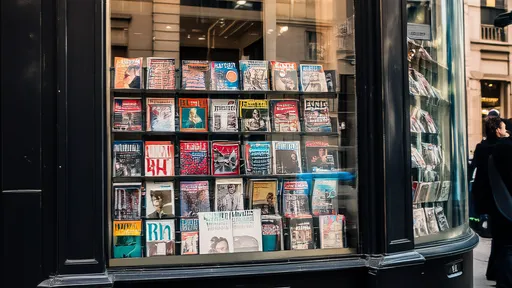
By /Aug 8, 2025
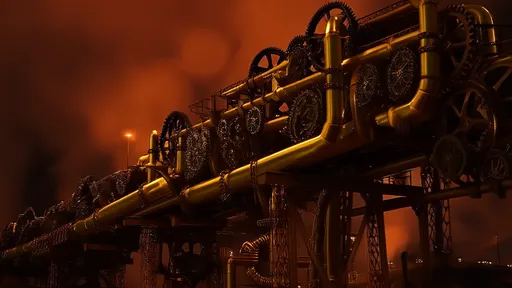
By /Aug 8, 2025
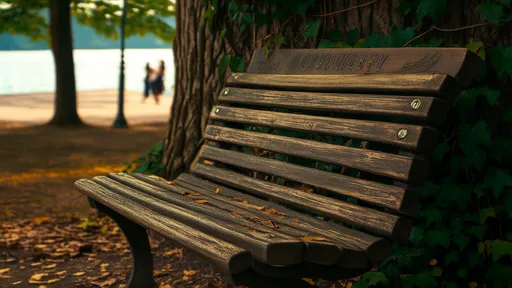
By /Aug 8, 2025

By /Aug 8, 2025
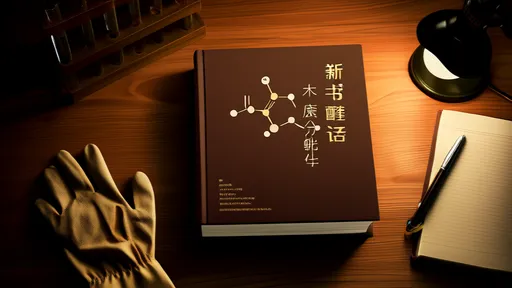
By /Aug 8, 2025
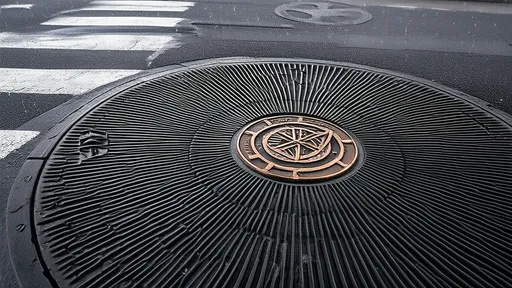
By /Aug 8, 2025

By /Aug 8, 2025

By /Aug 8, 2025

By /Aug 8, 2025

By /Aug 8, 2025

By /Aug 8, 2025
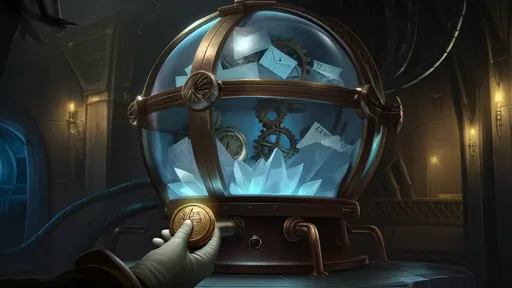
By /Aug 8, 2025

By /Aug 8, 2025
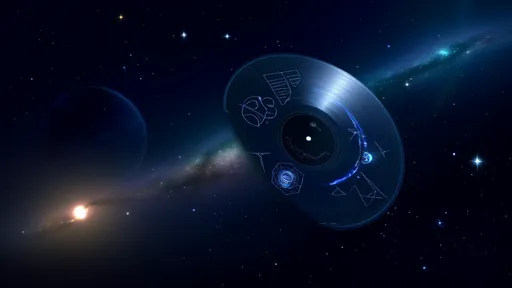
By /Aug 8, 2025

By /Aug 8, 2025

By /Aug 8, 2025
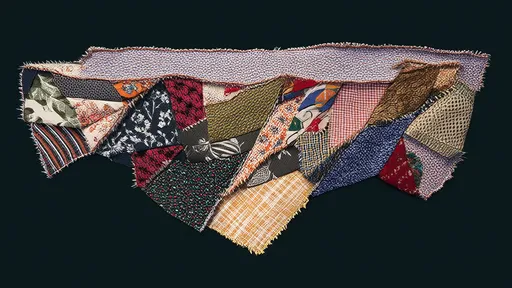
By /Aug 8, 2025
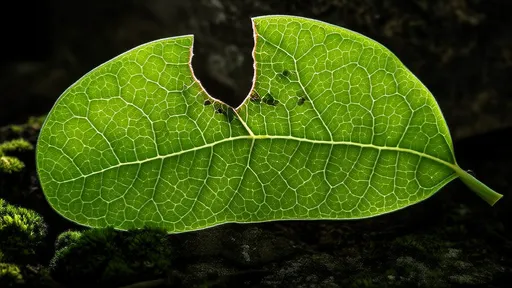
By /Aug 8, 2025

By /Aug 8, 2025
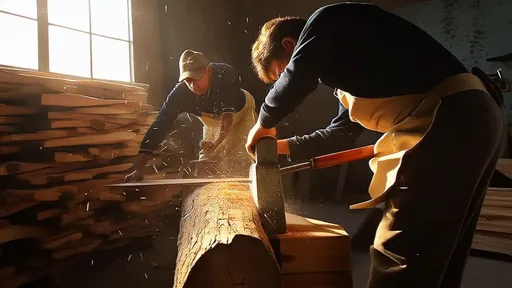
By /Aug 8, 2025